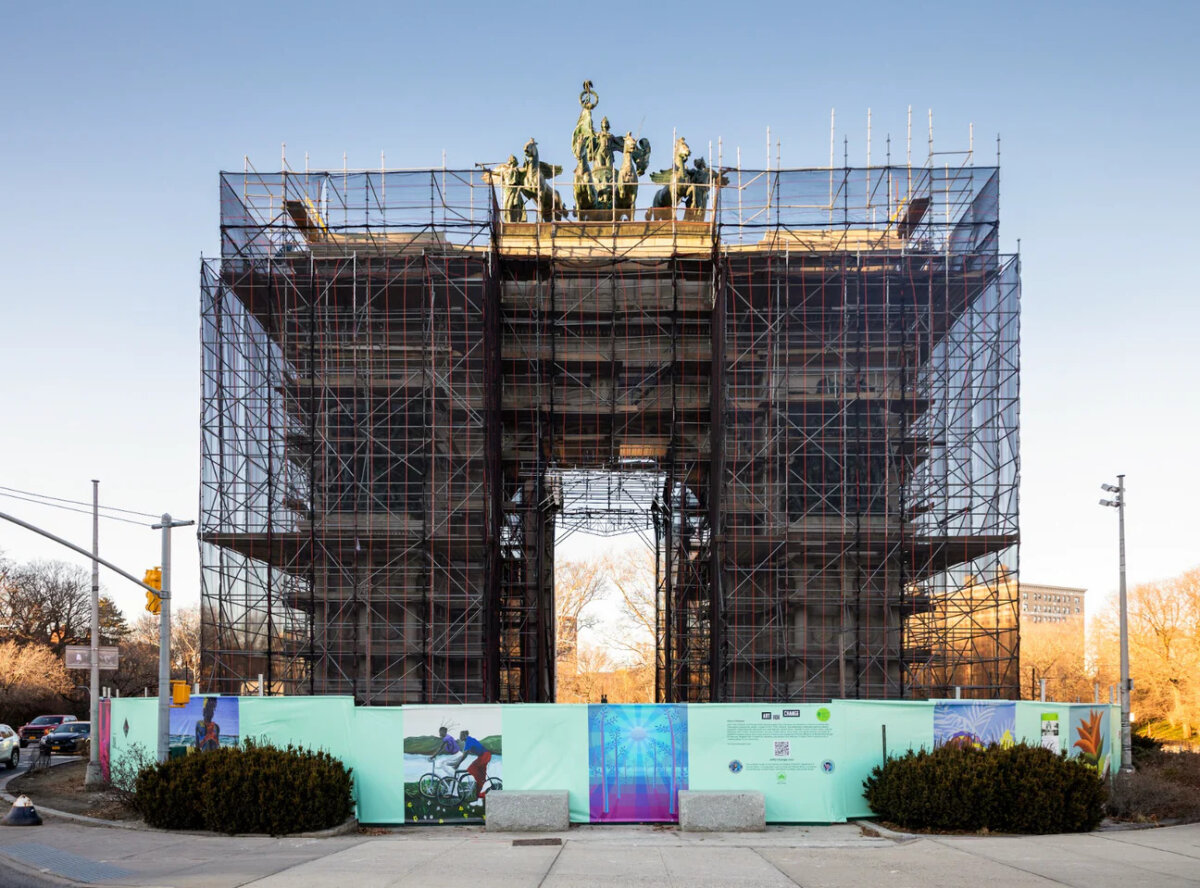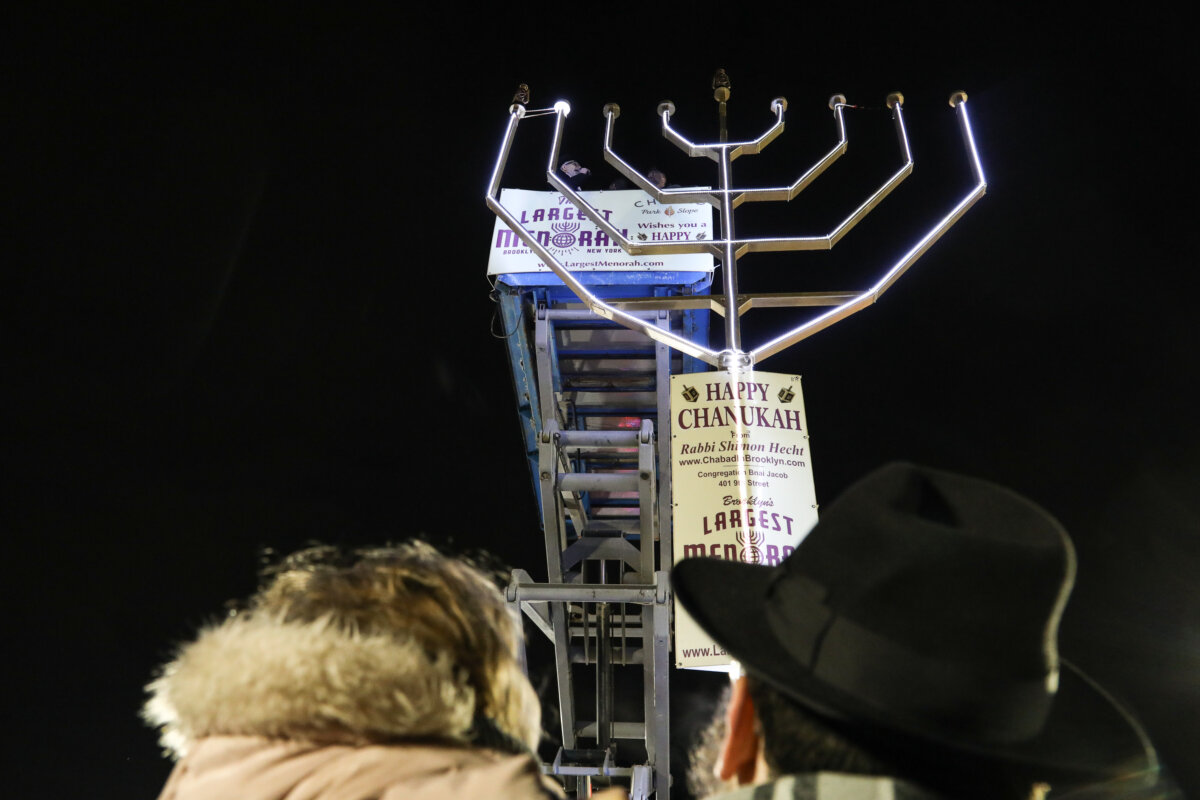Rents around Brooklyn’s Grand Army Plaza have risen faster than at any other subway stop over the past year, according to a new analysis by the apartment listing site RentHop.
Apartments near the Grand Army Plaza 2/3 station have risen by 25% in the past year, climbing to $2,800 for a one-bedroom by the famed 80-foot Soldiers and Sailors Arch and grand entrance to Prospect Park. That’s higher than the increase seen around any of the 471 other subway stops across the city.
The analysis shows Central Brooklyn saw some of the largest concentrated rent increases of anywhere in the city over the past year. Rents rose by 23.1% near the Bedford-Nostrand Avenues G train stop in Bedford-Stuyvesant, 22.9% near Park Place on the Franklin Avenue Shuttle in Crown Heights, and 20.7% by the C train’s Clinton-Washington Avenues stop in Clinton Hill.
Jamaica also saw tremendous concentrated growth in asking rents, with rents climbing by 24.1% to $2,500 around Sutphin-Archer and 20.8% near Jamaica Center on the E/J/Z. A few blocks away on the F line, rents grew by 20.5% around Parsons Boulevard and 19.2% near 169th Street.
Coney Island has also experienced hefty increases in its median rents. The largest was around Ocean Parkway on the Q, where rents grew 23.2% to $2,300. West 8th Street-NY Aquarium on the F/Q grew by 21.4%, Neptune Avenue on the F grew by 19.7%, and Brighton Beach on the B/Q grew 17.9%.
Significant increases were also recorded around stations in Astoria, Williamsburg, Flatbush, and East New York. Pockets of relatively smaller increases can be found in Washington Heights, Sunset Park, and the Upper East Side.
The highest rents in the city were recorded around the Franklin Street 1 train stop in Tribeca, where a one-bedroom goes for an astronomical $5,343. Other stations passing the $5,000 mark include two more in Tribeca — Chambers Street (1/2/3) and Canal Street (A/C/E) — plus 14th Street-Union Square and 23rd Street on the A/C/E in Chelsea.
Citywide, median rents for a one-bedroom are sitting at $4,250, 8% higher than last year and over 27% higher than in 2020, according to RentHop.
Still, the findings actually suggest growth in rent is tapering off slightly from a post-pandemic surge. Last year, RentHop found leases increasing by over 30% around numerous subway stops across the city, after a brief COVID-era lull where the Big Apple’s apartment rental market saw a rare downturn.
Rents have come roaring back to some of the highest levels ever seen as the city moves on from the pandemic. More than a third of the city’s renters are paying at least half of their income on rent, according to the Rent Guidelines Board’s 2023 Income and Affordability Study released last month. The city’s homeless shelters are regularly serving over 70,000 people each night, especially as waves of Latin American migrants enter the city.
Meanwhile, what looked like a promising Albany budget season for housing policy ended without any major achievements, as policies to kickstart housing construction and protect tenants found themselves in the political wastebasket.
Read more: MTA and Union Talks Stall Over Wages, COVID Benefits




































